We all drink tea, but what do we really know about the history of tea? How is tea grown and how did it get discovered? By whom and when? In our world of tea series, we aim to answer all tea related question and infuse a desire to travel the world in search of the best cup of tea.
So, what is the history of tea?
In the wild, depending on the variety of the plant, soil, rainfall, humidity, light, temperature, altitude, latitude, and other factors, the tea plant grows into a shrub or tree, up to 45 feet high. Its precise native region has plucked the strings, even agitated the gall, of national pride, but botanists now place the centre of its natural distribution in the upper reaches of the Brahmaputra river in the Indian province of the Asaam, the northern parts of Burma and Thailand, Indochina, and southwest China. In China, there is an apocryphal story, often bandied about as history, according to which the mythical Shennong (“Divine Farmer”), China’s second emperor and first agriculturist, who is alleged to have ruled from 2737 to 2698 BC, tasted 100 plants. Some 72 of them (a magic number throughout Euroasia) made him ill. Only one cured him of these illnesses-the tea plant. Curiosity being one hallmark of our species, it is safe to guess that humans discovered the wonderful effects of the tea leaf much earlier than the Shennong myth claims. And when they did, it was certainly by chewing the raw leaf. The earliest known reference to boiling tea appears in “The Contract for a Youth”, written by the noted Imperial panegyrist Wang Bao in 59 BC.
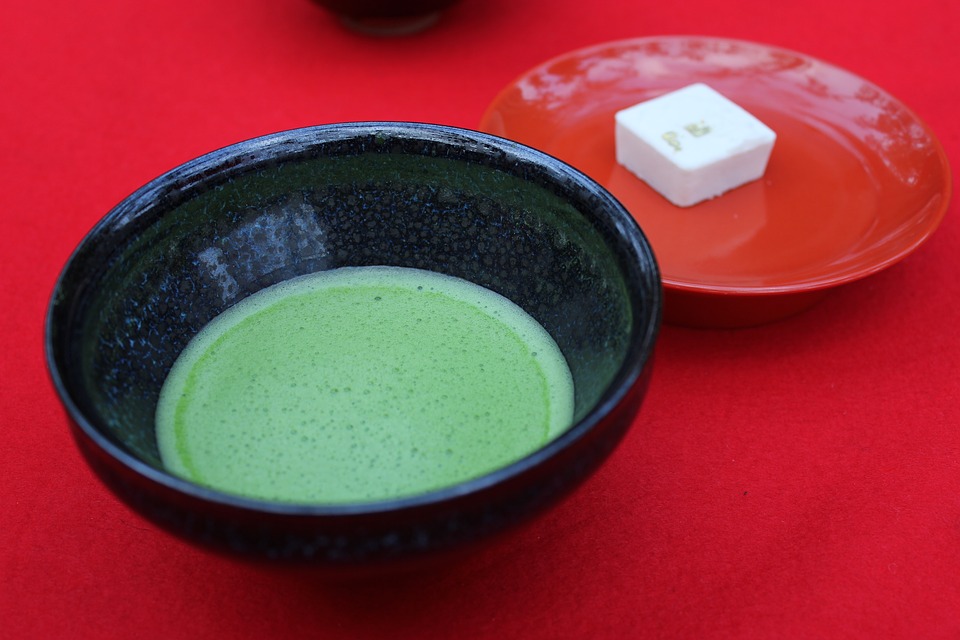
How was tea prepared?
In the very first century, the manner of processing, preparing and consuming tea leaves was described in the Guarangya dictionary, written in the 3rd century AD: In the region between Jing and Ba the people pick the leaves and make a cake. If the leaves are old, rice paste is used in forming the cake. [People who] wish to brew the tea first roast [the cake] until it is a reddish colour, pound it into a powder, put it into a ceramic container, and cover it with boiling water. During the Three Kingdoms, Jin dynasties and Southern and northern dynasties (220-589), tea was both cultivated and picked in the wild. The leaves were steamed, pounded, and patted into cakes, which were then baked, pierced, strung together, sealed, stored, brewed, and drunk. Whisking tea did not become the fashion until the much later Song dynasty (960-1279). There is evidence that it may have already been practised during the Northern Wei dynasty (424-535) when one should “take fish-eye soup and steep two duos of rice water, boil six shengs, pour it into an earthen jar and whisk it with a bamboo brush, just like the froth of tea.” In the 5th and 6th centuries, northern China was ruled by the Tabgatch nomads. To assert their political control over the Han Chinese, the Tabgatch rulers adopted the Chinese language, their dress and their customs, however, did not stretch to their food and drink. Years later, at a banquet hosted by the Tabgatch emperor Gao Zu, Wang Su, the emperor’s assistant archivist explained that “tea is the very slave of yoghurt”.
Tea is drunk to forget the din of the world. T’ien Yiheng
The History of Tea During The Tang Dynasty
The Tang emperors made their capital in Chang’an. During the early Tang, Buddhism and tea continued their fortuitous coalition. During the rule of the usurper empress Wu Zetian (r. 684-704), Buddhism enjoyed unprecedented imperial patronage in China. While systematically killing off her political opponents, Wu Zentian built huge Buddhist temples in Chang’an and, in a special display of her pious fervour, issued a national wide edict prohibiting the consumption of meat and fish which remained in effect for eight years. By this time tea had become an integral part of the lives of Buddist monks, who were not allowed to drink alcohol, or eat solid food after noon. The monks cultivated tea, drank it for meditation, while studying, and during ceremonies, offered tea to the Buddha, presented it as a gift to visitors, sold it, and sent it as a tribute to the imperial court, which in turn reciprocated.
It is important to mention that it was in the Tang that tea spread with Buddhism to Japan. Two of the most Japanese Buddhist monks were Saicho and Kukai. At Saicho’s farewell party in the spring of 805, tea was served instead of rice beer and upon his return to Japan, Saicho planted the tea seeds he had brought with him at the Hiei Shrine by the foot of Hiei Mountain near the capital of Kyoto-the first recorded cultivation of tea in Japan. During the Tang, tea was canonised by the errant scribe Lu Yu, taxed by the emperor, and transmitted to both Tibet and Japan. In the subsequent Song dynasty, tea production expanded to virtually all of the southern China, a harsh government monopoly was imposed, and the fashions of tea preparation and drinking continued to evolve.
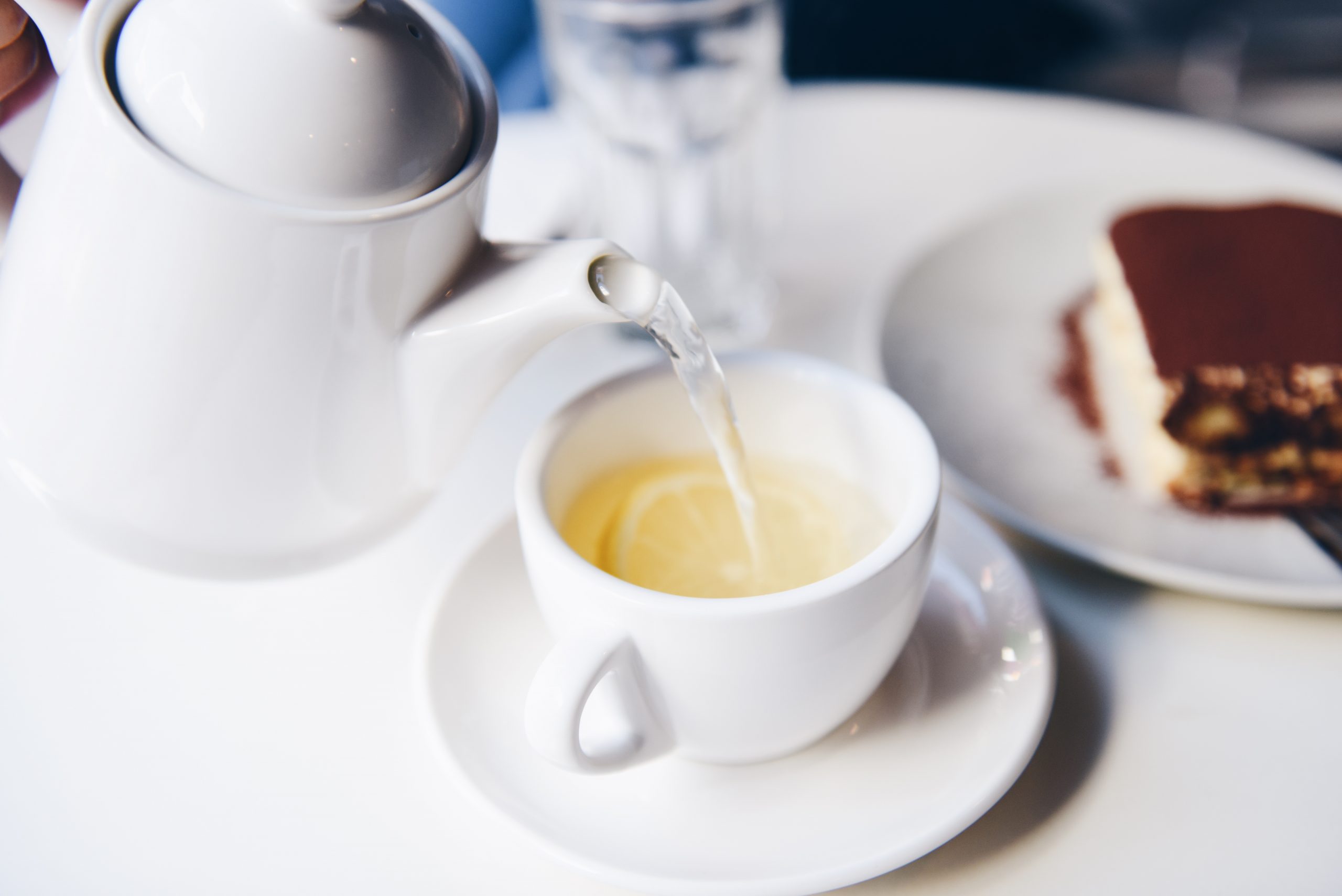
The History of Tea During the Song Dynasty
In the 10th century, the average temperature in China dropped by 2-3 degrees C, causing Lake Tai in Jiangsu province to freeze over in winter. The tea bushes of the imperial tea estate in Guzhu Mountain died in large numbers, while the buds on those that survived sprouted later each year, making it almost impossible to have the Imperial purple-shoot tea ready and delivered to the court in time for the Qingming Festival. In 977, as a direct result of this so-called “little ice age”, the emperor’s tea estate was officially moved from Guzhu to the Northern Park, situated in the southeastern coastal province of Fujian. Despite the warfare and territorial setbacks, the Song has gone down in history as a dynasty of plenty, when Chinese cookery evolved enough style and character to be dubbed a cuisine, complete with three kitchens: the northern, southern, and Sichuanese. During the Tang, ground tea had been boiled with a pinch of salt in an iron pot and then ladled into the bowls with a gourd dipper. In the Song, the iron pot was replaced by a porcelain ewer with a lid and a slender spout, used only to boil the water. The cakes of tea were crushed in a silk bag, ground into a fine powder, sifted, and placed directly in the bowls. When the water in the ewer had been brought to boil, it was poured onto the tea and the liquid in the bowl beaten into a rich froth with a bamboo whisk. This was the most common way of preparing tea in the Song, whether for serving guests or making offerings to the Buddha. Japanese monks studying China brought the custom of whisk tea with them back to Japan, where it was enshrined in the Japanese ceremony, chanoyu.
I take pleasure in tea, appreciating it with my spirit and therefore cannot explain why. Sen Joo
Faced with the constant threat of military innovation and finical crisis, drastic measures were required. As such, in 1074, the Song government established the Tea and Horse Agency with the specific aim of using Sichuan tea to purchase Tibetan war horses. The Attendant Censor Liu Zhi sums up the situation as follows: “The damage done by the Sichuan tea monopoly is such that the owners of the tea gardens either flee or commit suicide to escape it, with the damage extending to their neighbours. If one wishes to cut back tea production, there is a prohibition against it, and if one wishes to build up production, there’s an increase of [government] markets [to buy the tea at low prices]”. Consequently, the people say, “The land is not for growing tea, it’s for growing misery”. The tea and horse trade worked for a while, but in the end, it was doomed to failure, as the nomads’ craving for tea proved stronger than the emperor’s ability to maintain and police his monopoly. In the Chinese heartland, whisked tea was succeeded during the Ming by loose-leaf tea infused in proper teapots. In Japan, however, where tea had lain dormant since its first introduction by Kuicho in the 9th century, and interest in the beverage only reawakened in the 12th century, it was the Song fashion for whisked tea that became the enshrined method of preparation. The Chinese often lament the Japanese propensity to adopt their ideas and culture and refine and improve them beyond recognition. Nowhere does this appear truer than for the Japanese tea ceremony that evolved during the 14th and 15th century.
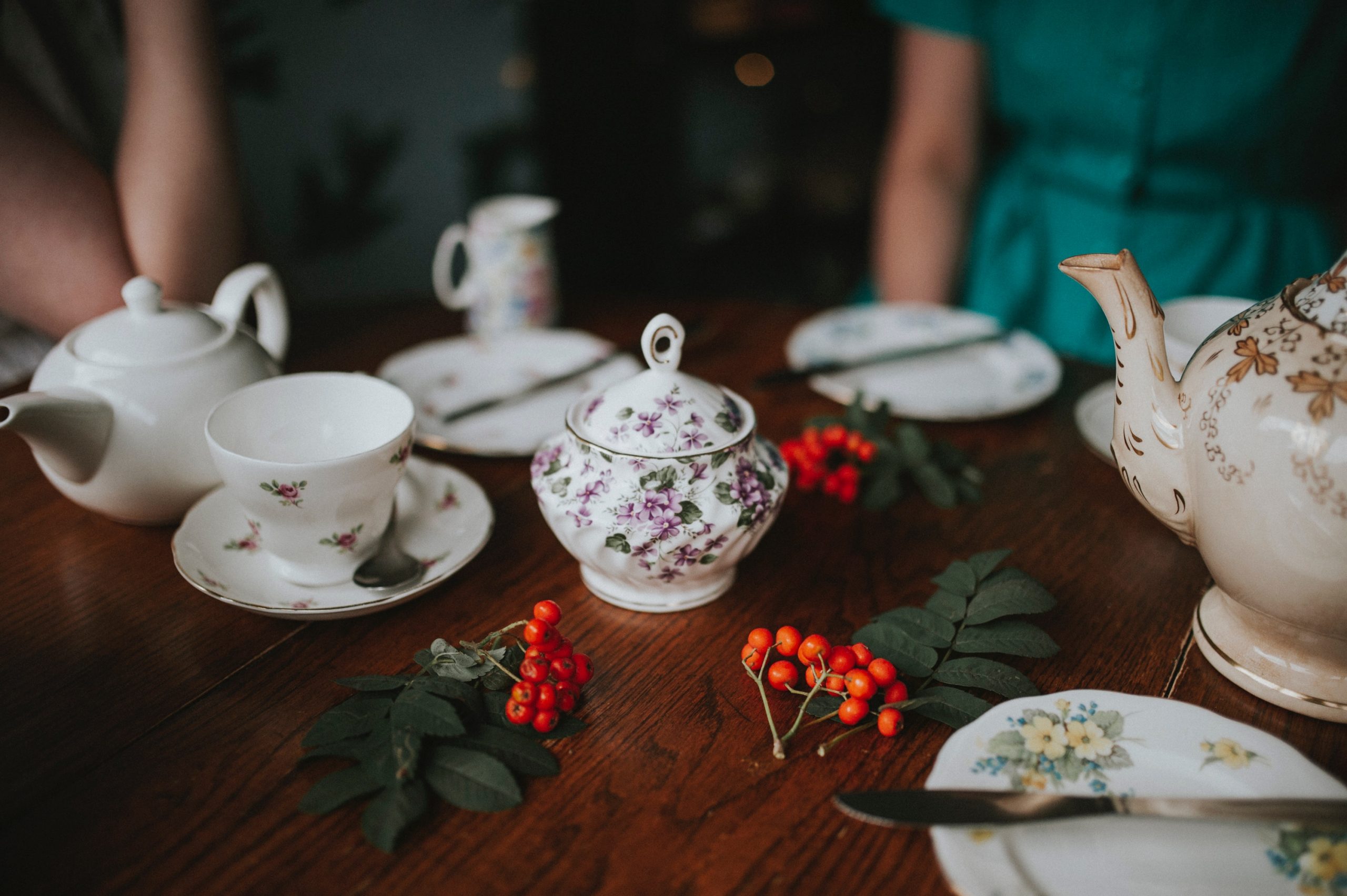
The History of Tea: Japan
In the last decades of the 12th century, the apocalypse seemed near in Japan. As the Taira and Minamoto clans struggled for political power, the capital Kyoto was afflicted by a series of natural disasters. In 1177, the city caught fire in the midst of typhoon, and one third of its houses, including the Imperial Palace, were burnt to the ground. Three years later, a tondo flattened the city. It was not until 1191, when the Buddhist monk Myoan Eisai (1141-1215), having returned from studies in China, began to propagate Zen as a teaching that could save Japan, and tea as a medicine that could restore the Japanese people to health, that Japanese tea culture began to develop in earnest. Abbot Myoe planted tea seeds in the mountains of Toganoo near Kyoto, and later in Uji, south of the city, where according to tradition the seeds were first sown in the hoof prints of a horse in a garden subsequently dubbed Koma-no-Ashikage. The solid in Uji proved ideal for the Camellia sinensis plans, and the excellent tea produced there became known as hocha (“real tea”), against which teas from other parts of Japan, called hicha(“non-tea”) were measured. As the popularity of tea spread in Japan, it was incorporated into this religious-estetic way of life, and, precisely situated at the junction of nature, art, and human relations, later evolved into its foremost expression-the Japanese tea ceremony, known as chanoyo (“boiled water for tea”). In the early Muromachi period (1336-1573), drawing on these entertainments as well as the whisked tea contests of Song China, the Japanese developed their own kind of tea competition, tocha, where the object of the game was to be able to distinguish honcho, from hicha.
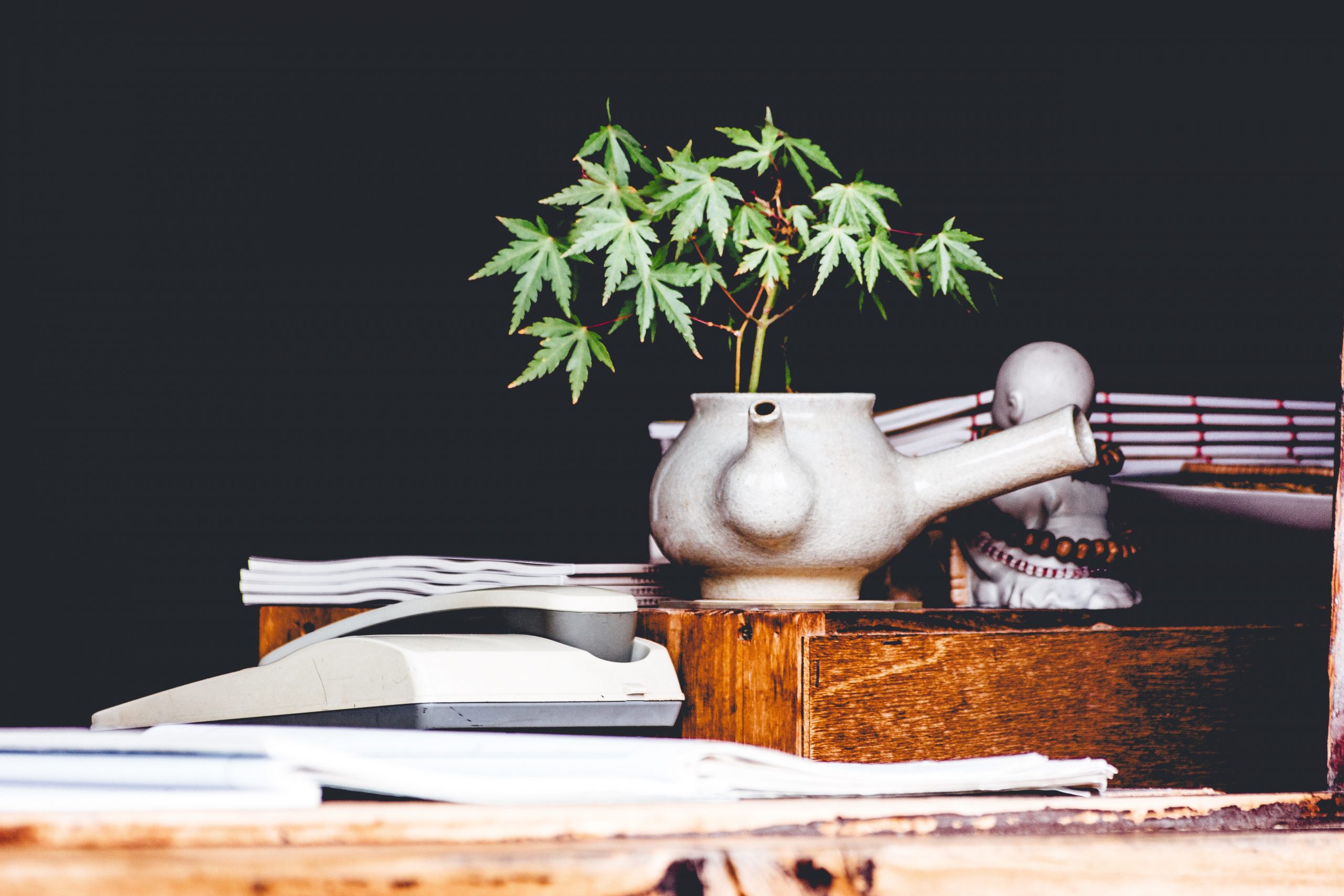
Some people will tell you there is a great deal of poetry and fine sentiment in a chest of tea. Ralph Waldo Emerson
The History of Tea: United Kingdom
Since the 18th century, the United Kingdom has been one of the largest per capita tea consumers in the world, with average per capita supply at 1.9 kg per year. In 1946, the author George Orwell weighed in on that waxing problem in the tenth of his eleven succinct, golden rules for the perfect cup. First, use Indian or Ceylonese tea. Second, use a teapot of china or earthware. Third, warm the pot before-hand by placing it on the stove. Fourth, make the tea strong. Fifth, put the tea straight into the pot. Sixth, take the teapot to the kettle, as the water should be boiling at the moment of impact. Seventh, give the pot a good shake before allowing the leaves to settle. Eight, use a cylindrical mug. Ninth, pour the cream off the milk before using it for tea. Tenth, pour the tea into the cup first. “This is one of the most controversial points of all; indeed in every family in Britain, there are probably two schools of thought on the subject. The milk-first school can bring forward some fairly strong arguments, but I maintain that my own argument is unanswerable. This is that, by putting the tea in first and stirring as one pours, one can exactly regulate the amount go tea in first and stirring as one pours, one can exactly regulate the amount of milk whereas one is liable to put in too much milk if one does it the other way around”. Finally, eleventh, drink the tea without sugar.
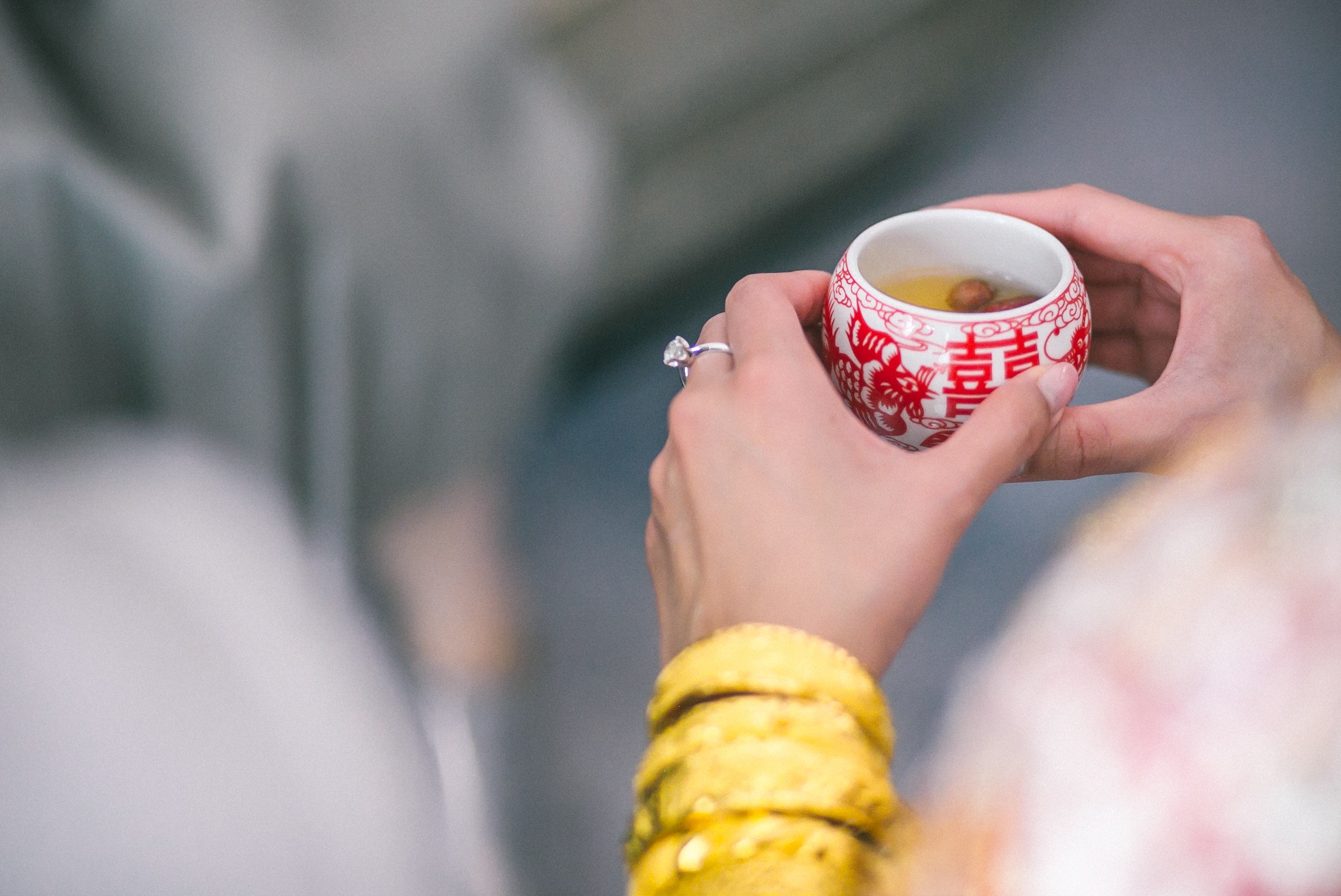
As the use of the salubrious tea leaf continues to spread, serious tea drinkers are becoming more and more demanding of the infusion in their cups, and are asking for tea that is cultivated sustainably and organically, manufactured attentively, sourced ethically, and traded fairly. For while nobody denies the beneficial, healing properties of tea, it is not a medicine foremost, but rather a daily ritual, an excuse for a well-needed break, a philosophy, a search for those moments of quietude and companionship when the din of the world subsides and all becomes one. Drink it in that spirit, and health, happiness, and eternal life will follow.



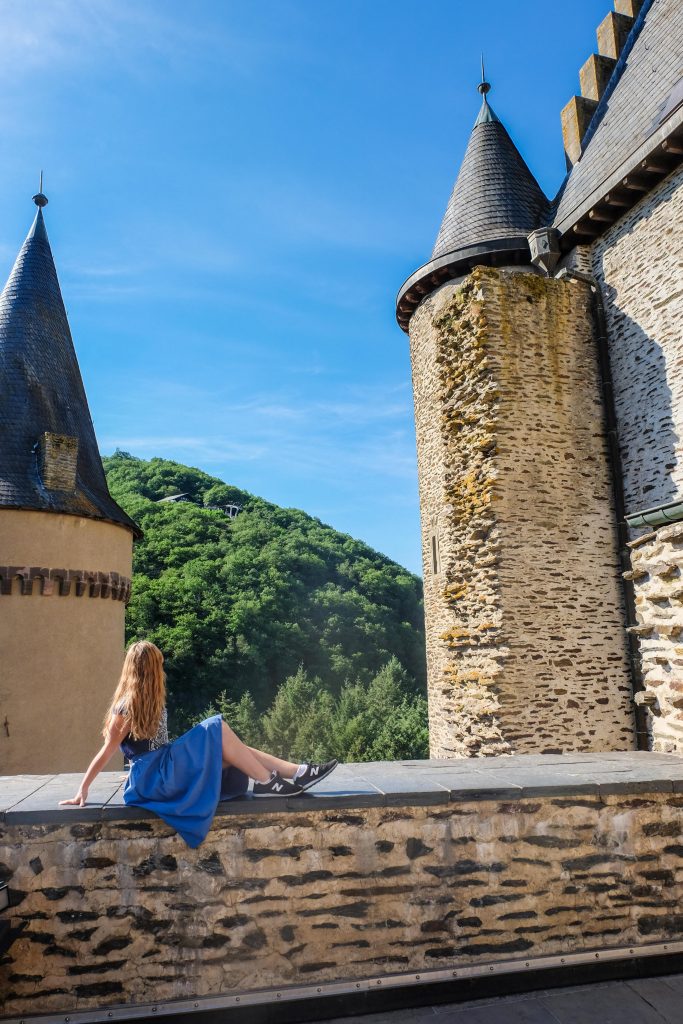

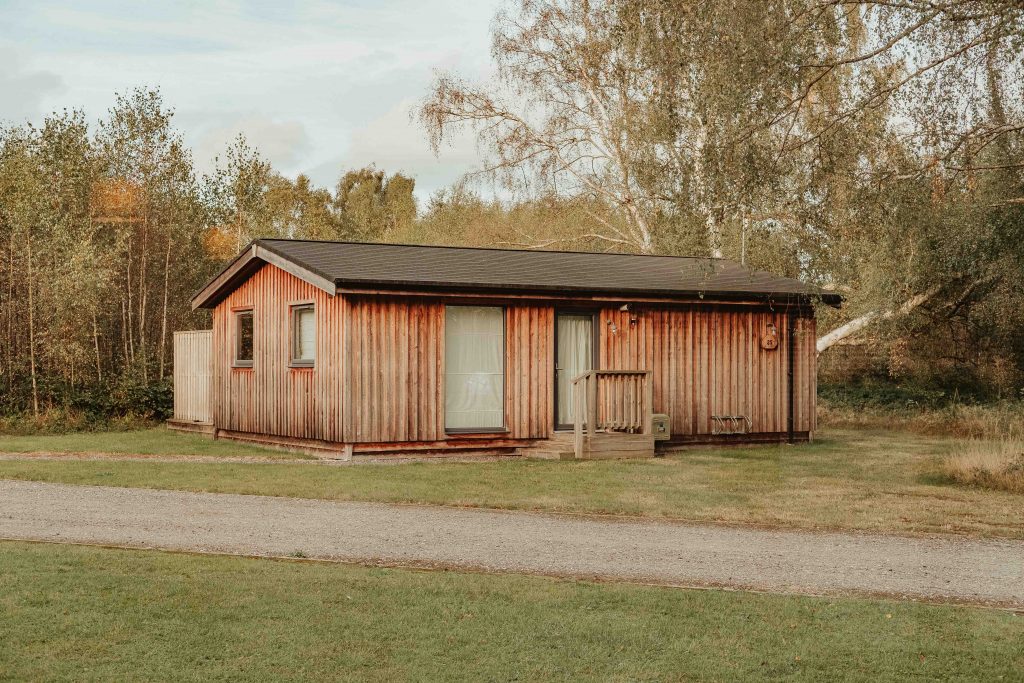



Leave a Reply